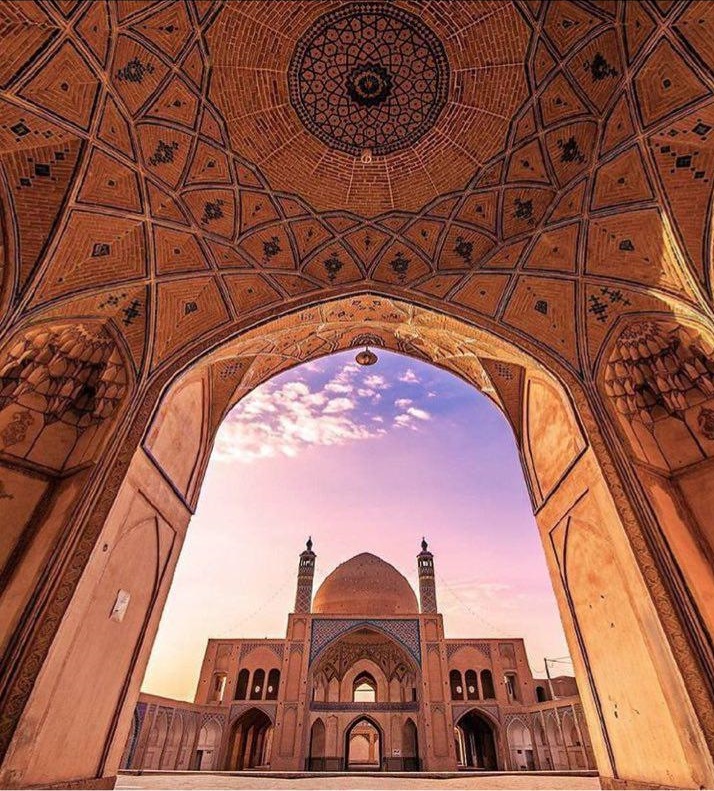
At the beginning of the 17th century in 1606 during Safavid period, work on the cathedral began. However, in 1655, this Armenian church was rebuilt as the Christian community was rapidly growing in Isfahan.
A tilework plaque inscribed in Armenian can be seen by the entrance to the cathedral. Inside is nicely decorated showing a mixture of Islamic and Christian style. Inside the courtyard, there is the belfry and can see the dome of the cathedral which the interior is painted in Persian style with very elegant blue and gold. The walls are painted of European inspirations showing scenes of martyrdom, notably of Saint Gregory.
The museum of Armenian culture is the building next to the cathedral. The museum displays 700 handwritten books, the first book printed in Iran, a variety of objects related to Armenian community in Isfahan such as Safavid costumes, tapestries, European paintings brought back by Armenian merchants , embroidery, and other ethnological displays related to Armenian culture and religion. There are several carved stones showing scenes from the Bible outside the museum.
Jolfa is the Armenian and Christian quarter of Isfahan which was established in 1603 during Shah Abbas I Safavid. Jolfa is located on the south bank of the Zayandeh River and is linked to the Muslim part of Isfahan by Si-o-se-pol bridge. The town of Jolfa on the Araxes River in Azarbaijan (now on Iran's northern border) at one time was the major Armenian settlement until Shah Abbas I imported Armenian families to new Jolfa in Isfahan. Today, Jolfa is a quiet area of Isfahan with predominant Christian community.